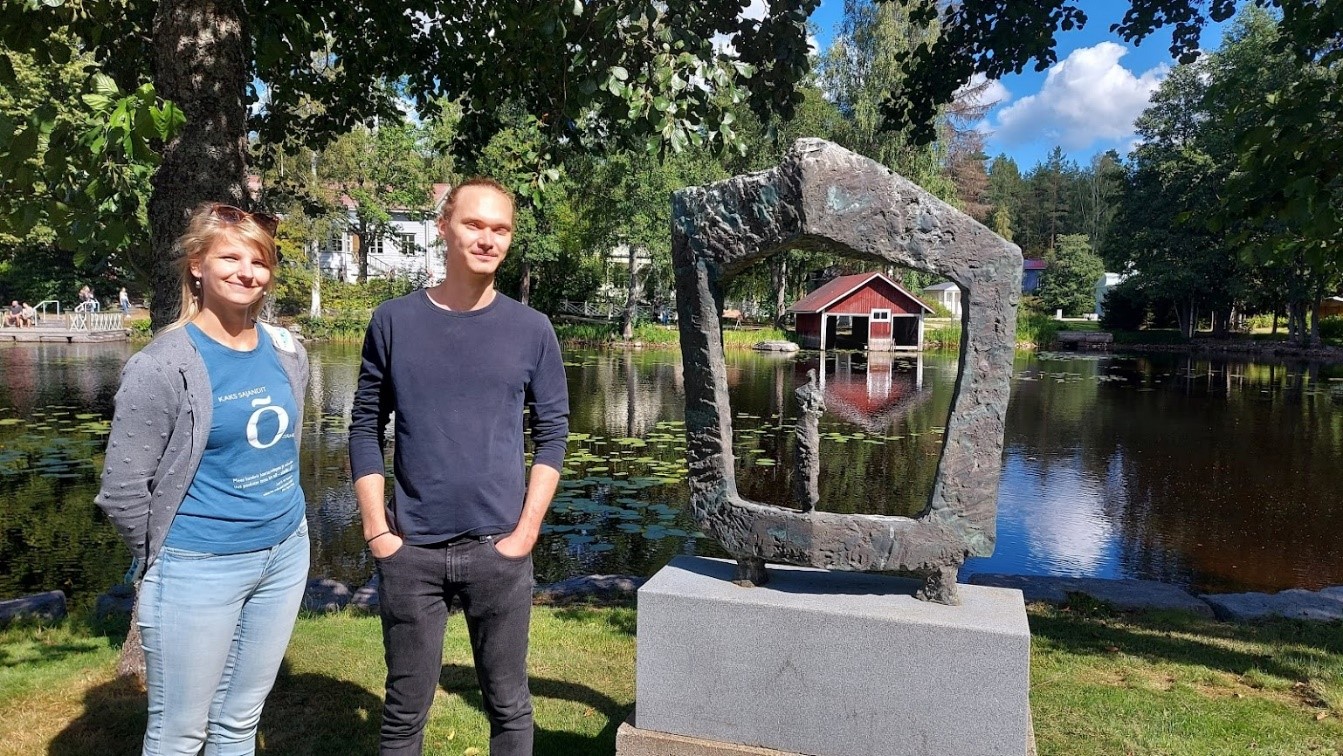Authors: Janika Raun, Olle Järv
The Digital Geography Lab is taking part in the MOPA-project (Monipaikkaisen asumisen rytmit, paikat ja asiakasryhmät) to analyse the spatiotemporal patterns of second home use and its users from electricity consumption data. The project is led by the researchers from the Ruralia Institute.
Why and what we study?
The recent Covid-19 pandemic has rapidly increased the number of people spending time and working remotely in their second homes. Thus, second home tourism is increasingly blending with multi-local living – people are residing in several homes and moving often between them. To understand those dynamic changes in mobility patterns new data sources are needed, because the traditional methods cannot fully grasp the rapid changes in second home use, neither provide timeliness information for stakeholders to quickly adopt. During the last decade, mobility studies in general, have widely taken advantage of the use of different big data sets to understand human mobility. However, there is little research carried out that utilizes big data in second home research.
The aim of the MOPA project is to use primarily electricity consumption data to understand the spatiotemporal mobility patterns to second homes and distinguish between different user groups based on the consumption patterns. The data is provided by the electricity company Suur-Sävon Sähko Oy about the South Savo region that is one of the well-known second home hotspots in Finland. We also use aggregated mobile phone data to evaluate how well electricity consumption data properties reveal the presence of people.
The results from the Digital Geography Lab’s recent study using aggregated mobile phone data have already indicated the increased number of people during the Covid-19 pandemic in municipalities with a high share of second homes in Finland (Willberg et al. 2021). Read more about this study from our previous blog post. The MOPA project builds on this to understand how the change in second home occupancy, during the Covid-19 pandemic, can be revealed in more detail from electricity consumption data analysis.
The project is expected to end in June 2022, thus more news and results are coming soon – stay tuned!
Who are involved?
The project has created a fruitful synergy within the University of Helsinki: Manu Rantanen and Torsti Hyyryläinen from the Ruralia Institute are leading the project, and Olle Järv and Tuuli Toivonen from the Digital Geography Lab are providing know-how and supervision. The empirical research is carried out by Janika Raun, Pasi Okkonen and Iivari Laaksonen.

Read more about the project here: https://researchportal.helsinki.fi/en/projects/the-rythms-places-and-customer-groups-of-multi-local-dwelling-mop
The Digital Geography Lab at the University of Helsinki is an interdisciplinary research team focusing on spatial Big Data analytics for fair and sustainable societies.

One Reply to “New project revealing multi-local living from electricity data has taken off”
Comments are closed.